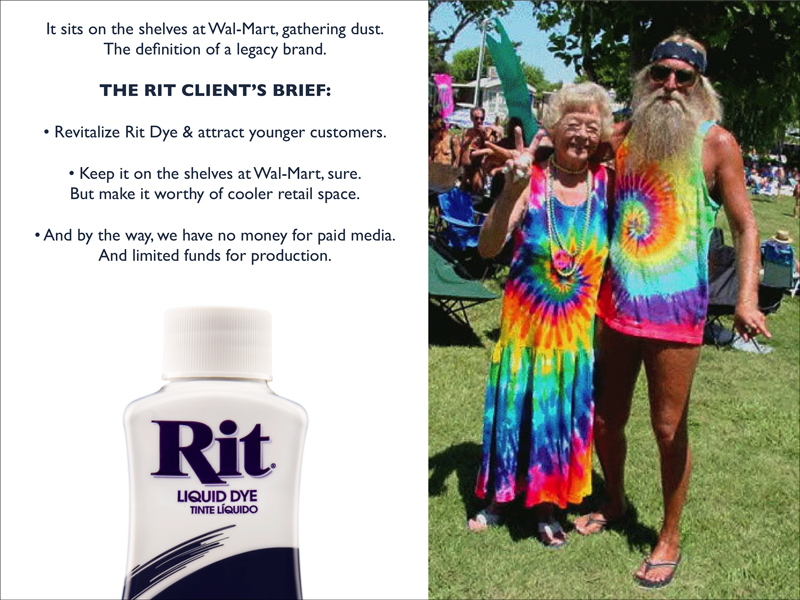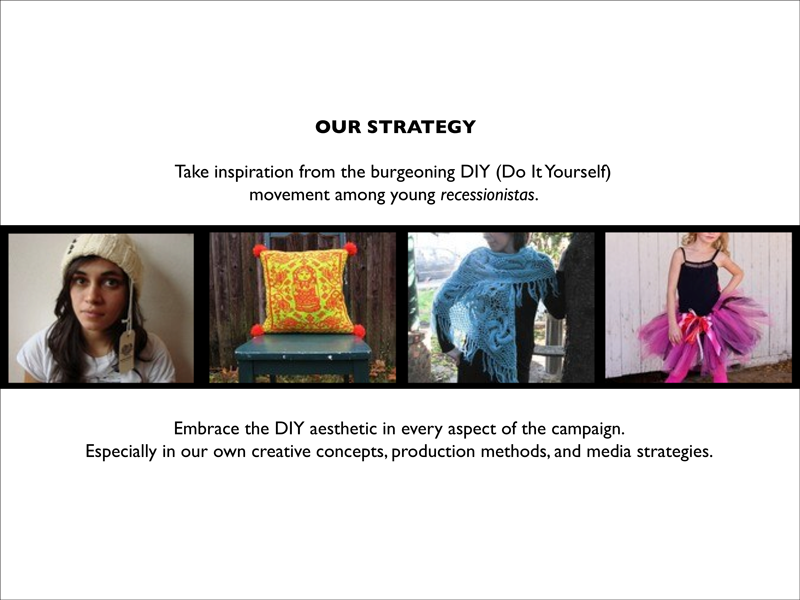










Vaughan Alexander: The Mind Behind Verlaine
Fashion designer Vaughan Alexander describes his career, with whimsical understatement, as “a rather roundabout journey.” His first stop on a planned “world tour” at age 20 eventually led to a decade in Tokyo as a costume designer for iconic Japanese pop stars, including the diva of the ‘90s shibuya-kei movement, singer Maki Nomiya of the Pizzicato Five.
Eventually tiring of the fast-paced music scene, Vaughan left Tokyo and spent years roaming the world doing a range of design jobs, “from the sublime to the ridiculous.” Most recently, he’s settled into the position of Creative Director of a small-but-growing high-fashion label dubbed Verlaine. A far cry from the eye-catching color bursts of Japanese pop culture, Verlaine’s hand-tailored, organic shapes and muted palette were soon embraced by chic Soho boutiques. This fall, the new Verlaine collection debuts during New York’s fabled Fashion Week.
Delighting in Dye
“Dye has probably been the one thread of continuity in my life,” Vaughan laughs as he directs his staff of assistants with waves of his dye-stained hands. “I love the dependability, the ye olde quality of Rit Dye. I can honestly tell you that I’ve used this stuff since I was seven years old.”
Fueled by a lifelong passion for color and fabric — but with absolutely no formal training in clothing design — Vaughan’s method is a deft combination of self-taught technique and hands-on experimentation. “Making clothes isn’t rocket science,” he says. “You can learn all the basics from books. Then, if you can see the human body and know what you want to create around it — if you’ve got that kind of brain — somehow it all works out.
“I’m quite fetishistic about color. And that’s why I love Rit. I love how easy it is to blend Rit colors. They mix in a really logical way. And the process of dyeing is quite transformative; heat can have brilliant and unexpected results if you treat it as an added tool. Often, I prefer to start with white or natural-colored fabric and dye it myself. Otherwise, it’s unlikely that I’m ever going to achieve the particular shade of chartreuse that I can see inside my brain.”
Scottish Plaid Meets Japanese Shibori
A prime example of his method is in Verlaine’s new line, where brushed cotton plaids have been overdyed to achieve some startlingly original textural effects. “I started with the most bog standard plaid you can imagine, mostly red, then overdyed the fabric with Japanese shibori techniques, using stitching to resist the dye in certain places. I used a weak solution of black so the red still comes through.
“I’m a bit of a mad chemist, actually. The new season has crazed amounts of multi-process colors. I love the way natural fibers change when you boil them in dye multiple times — each time shrinking them a bit, watching them change in color and texture. And you end up with some brilliant finishes, almost by mistake.”
The aesthetic of “creative control fused with happy accident” is key to Verlaine’s new line, and to Vaughan’s design philosophy. “I think the million-dollar question in any realm of design is, when is it finished? You have to know when to stop. Sometimes what you’re doing requires ridiculous embellishment. But other times it requires elegant restraint and a clean line and a sharp proportion.”
Distressed Beauty, Beautiful Decay
Once a Verlaine garment finds its buyer, Vaughan wants it to keep evolving. “I don’t like clothes that are precious. I love clothing that changes over time and becomes an integral part of you. I’m very intrigued by the process of destruction and decay. A lot of my clothes are designed to look like they’ve already had a life, like they’ve been through something. I imagine that the woman will take my jacket off and toss it on the floor at the end of her bed. Then she’ll pick it up in the morning and put it right back on. And slowly, over time, the pleats will hang a bit differently, the stitching will loosen a trifle, the colors may fade and change a bit — but the jacket will become all the more beautiful because it reflects the life of the woman wearing it.”
Vaughan’s commitment to nature is another reason he uses Rit. He doesn’t want to be plunging his hands into harsh chemicals, and the dyes work well with natural fibers, which is all he uses for the Verlaine line. “I won’t have so much as a polyester label in my clothes,” he says. “I can’t bear it.”
Runway to Subway
Verlaine’s fall show is scheduled for the cavernous space of the fashionable Metropolitan Pavilion, but his dreams include some slightly more dramatic venues. “If I had it my way,” he laughs, “I’d do my next show in a disused subway station, and make people crawl through a manhole to see it!” And what does he envision for the future of Verlaine? “You have to hope that you make clothes that, in some way, capture the zeitgeist. Clothes that women love and want to wear. That’s really the beginning and the end of it.
“I’m actually pretty old-fashioned,” he concludes. “I believe in the work and the craft. There’s so much empty stuff in the world right now. Stuff that is really successful and has no soul. But I’m trying to make clothes that are beautifully crafted, that have love in them. I want to see the hand stitching. I want to know that a human being was involved in this, and that the human being really loved doing it. If you put love into the things you do, it must resonate on some level.”
He catches himself waxing philosophical, and laughs uproariously. “Oh, I’m such a hippy! Don’t tell anyone I’m a secret hippy!”






